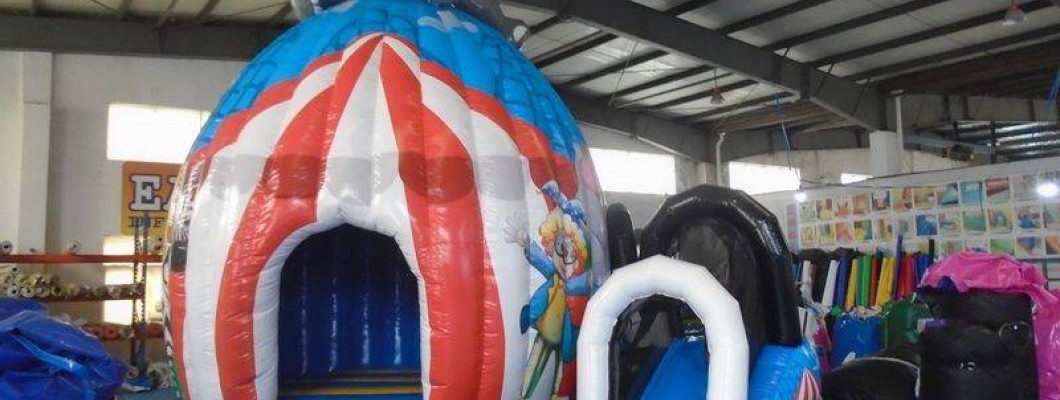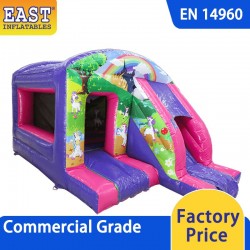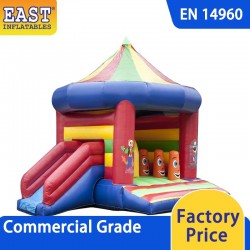
Bouncy castles are a favorite attraction at parties and events, offering endless fun for kids and a stress-free way for adults to keep them entertained. However, when it comes to maintaining and using these inflatables, one question often arises: can bouncy castles get wet? Understanding the implications of water exposure on bouncy castles is crucial for ensuring safety and prolonging the life of the equipment. Here’s what you need to know.
1. The Impact of Water on Bouncy Castles
Material Concerns: Bouncy castles are typically made from durable vinyl or PVC materials designed to withstand the pressures of bouncing and play. While these materials are water-resistant, they are not entirely waterproof. Prolonged exposure to water can weaken the fabric, making it more susceptible to tears and damage.
Inflation Issues: Water can affect the inflation mechanism of a bouncy castle. The air blower used to keep the castle inflated may not function properly if it becomes wet or if water seeps into the inflatable. This can lead to inadequate inflation and increased risk of collapse.
Safety Risks: When a bouncy castle becomes wet, the surface can become slippery, increasing the risk of falls and injuries. Wet conditions can also make it more difficult for the structure to maintain its shape, which can compromise safety for the children playing inside.
2. How to Protect Your Bouncy Castle from Water Damage
Choose a Dry Location: Whenever possible, set up the bouncy castle in a dry area away from potential sources of water, such as sprinklers or rain. If you’re hosting an event outdoors, consider using a large tarp or canopy to provide coverage and protect the inflatable.
Check the Weather Forecast: Before setting up a bouncy castle, check the weather forecast to avoid rain or other adverse conditions. If rain is expected, it’s best to postpone the use of the bouncy castle or move the event indoors.
Regular Maintenance: Inspect the bouncy castle regularly for signs of wear and tear, especially after exposure to water. Ensure that it is thoroughly dried before deflating and storing it to prevent mold and mildew growth.
Cleaning and Drying: If the bouncy castle does get wet, make sure to clean and dry it properly. Use a mild detergent and water to clean the surface, and allow it to air dry completely before deflating and storing it.
3. What to Do If Your Bouncy Castle Gets Wet
Deflate Safely: If the bouncy castle becomes wet, deflate it carefully and allow it to dry completely before re-inflating. This will help prevent any potential damage from moisture and ensure the safety of future use.
Inspect for Damage: Once the bouncy castle is dry, inspect it for any signs of damage. Look for tears, leaks, or weakened areas that may need repair before using it again.
Repair as Needed: If you find any damage, repair it promptly using the manufacturer’s recommended repair kits or contact a professional for assistance. Ensuring that the bouncy castle is in good condition before its next use is crucial for maintaining safety.
While bouncy castles are designed to be durable and resilient, they are not immune to the effects of water. Understanding how water exposure can impact these inflatables and taking proactive measures to protect them will help ensure they remain safe and enjoyable for all users. By keeping your bouncy castle dry and properly maintained, you can maximize its lifespan and continue to provide a fun and safe environment for children.




Leave a Comment